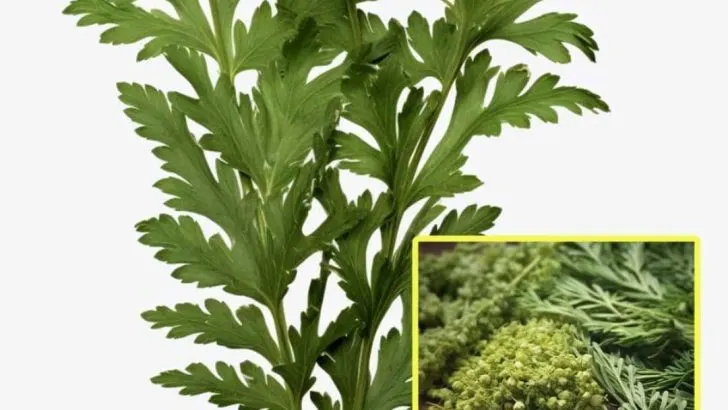Nature is a treasure trove of hidden wonders, and one of those unsung heroes is the humble yarrow. Despite its widespread presence, many people overlook this unassuming plant.
However, its significance to human life – ranging from traditional medicine to ecological stability – cannot be overstated.
In this article, you’ll learn what yarrow is, where it grows, how it’s used, and why it matters both to us and the environment.
What is Yarrow?
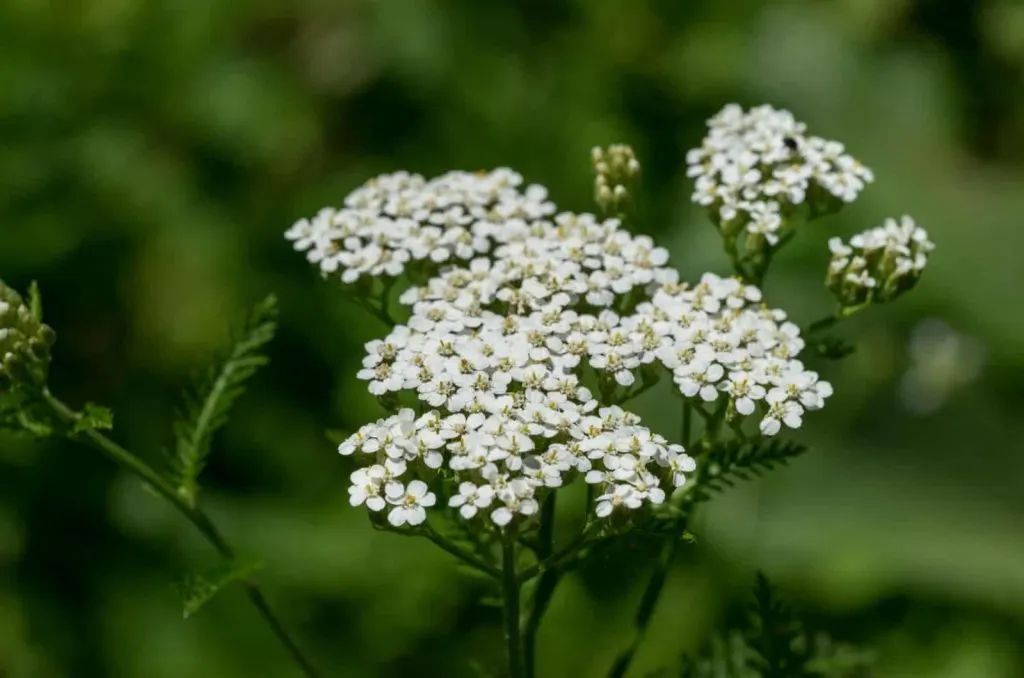
Yarrow, scientifically known as Achillea millefolium, is a perennial flowering plant that belongs to the Asteraceae family. It’s also known as common yarrow, soldier’s woundwort, or milfoil.
Native to North America, Europe, and Asia, this plant thrives in a variety of habitats, including meadows, pastures, forests, and even roadsides.
Identifying Yarrow
Yarrow typically grows between 10 and 80 centimeters tall and has feathery, fern-like leaves that are deeply divided into numerous segments.
The plant’s small flowers are usually white or pale pink, arranged in flat-topped clusters at the tips of the stems.
One of the plant’s more charming traits is its pleasant, aromatic scent, which has been appreciated for centuries.
Where Can You Find Yarrow?
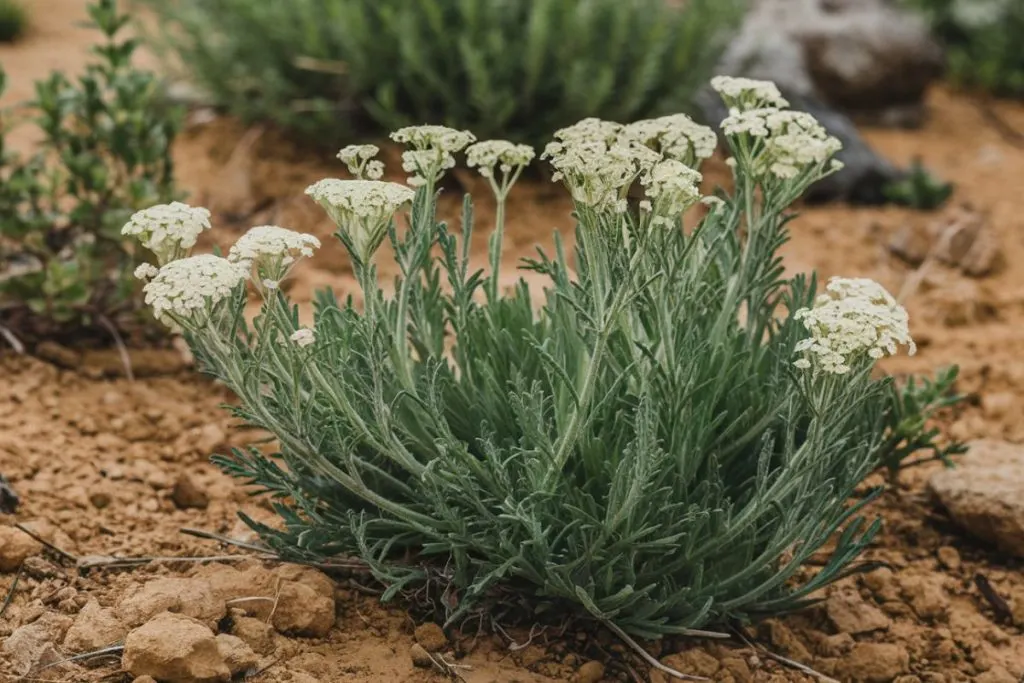
Yarrow is incredibly adaptable and can be found in diverse environments around the world. It’s native to regions of North America, Europe, and Asia but has also been introduced to other areas. Yarrow tends to flourish in:
• Meadows and Grasslands: Yarrow often thrives in open grasslands, adding a touch of beauty with its white or pink blossoms.
• Roadsides and Disturbed Areas: Thanks to its resilience and ability to tolerate various soil conditions, yarrow often grows along roadsides and in areas disturbed by human activity.
• Gardens: Some gardeners cultivate yarrow for its ornamental value, as it can be an attractive addition to flower beds and borders.
• Forest Clearings: You may also find yarrow growing in forest clearings and at the edges of wooded areas.
Uses of Yarrow
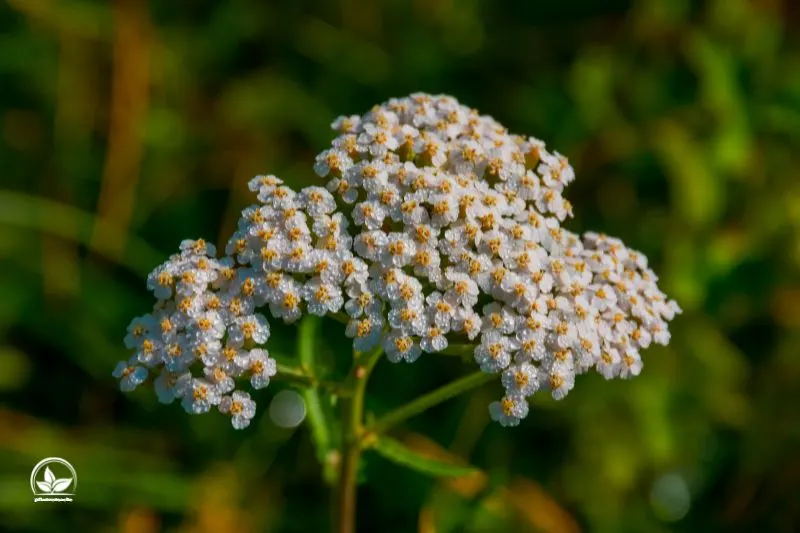
Yarrow has long been used in traditional medicine and for other purposes. Here are some of its common uses:
Medicinal Uses
• Wound Healing: Yarrow has astringent and antimicrobial properties, making it useful for treating minor cuts, wounds, and bruises. It can be applied topically as a poultice or added to ointments and salves.
• Anti-Inflammatory: As a poultice or compress, yarrow can reduce inflammation and relieve pain, making it a valuable tool for conditions like arthritis or muscle soreness.
• Digestive Aid: Yarrow is used as a tea to help ease digestive discomfort and promote a healthy digestive system.
• Fever Reducer: Traditionally, yarrow is believed to have fever-reducing properties and has been used in remedies to help lower body temperature.
Culinary Uses
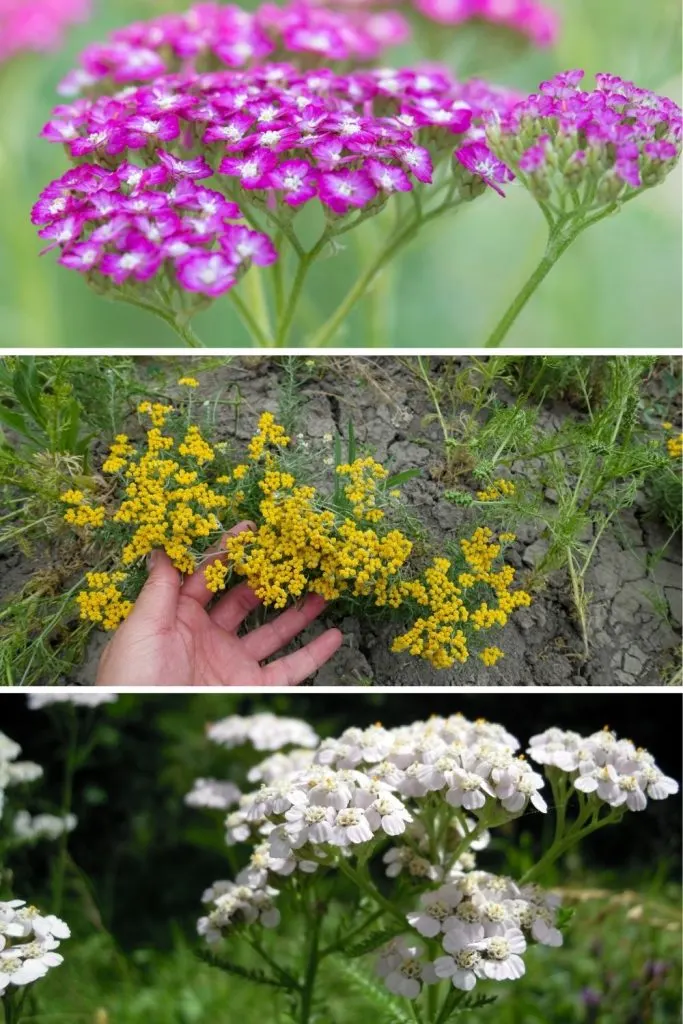
The leaves and flowers of yarrow are edible and can be used as a seasoning in salads, soups, and stews. With a slightly bitter taste, they can add depth and flavor to your dishes.
Ecological Importance
Yarrow plays a crucial role in ecosystems by supporting pollinators like bees and butterflies with its nectar and pollen. Its presence can also boost biodiversity in natural areas.
Ornamental Use
With its attractive, feathery foliage and delicate flowers, yarrow is also a popular choice for gardeners looking to add a touch of elegance to their landscapes.
A Natural Gem Worth Appreciating
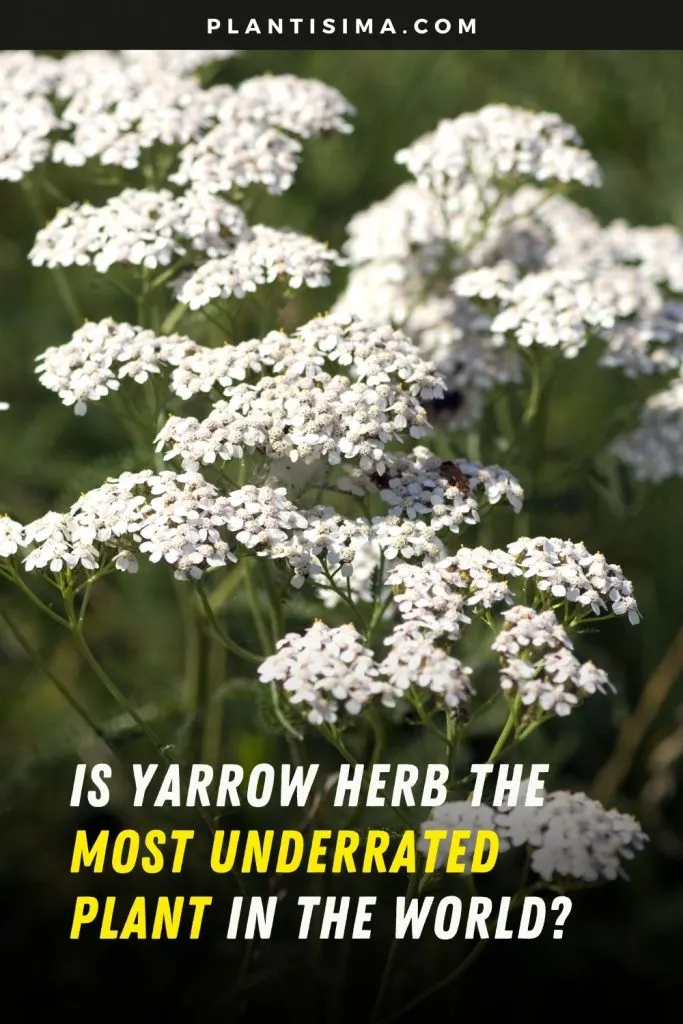
Despite its widespread presence, yarrow often goes unnoticed, yet it holds immense value for both people and the planet.
From its historic use in traditional medicine to its role in supporting pollinators and promoting biodiversity, this modest plant is a vital part of our natural world.
Next time you spot a cluster of yarrow blooms, take a moment to appreciate the beauty and significance of this unassuming yet remarkable plant.
Who knows? It might just become a valuable addition to your garden or wellness routine.

